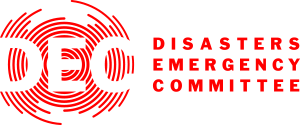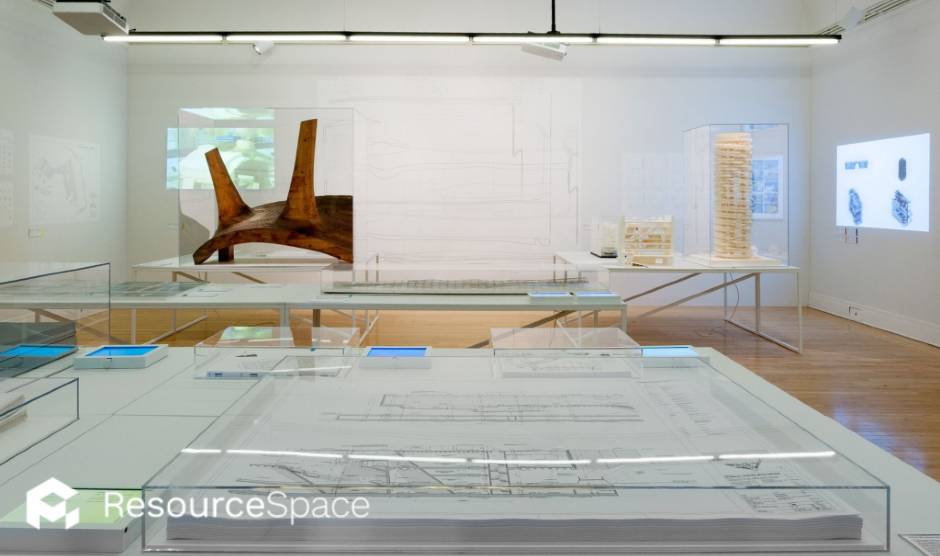
ResourceSpace has changed the way the DEC uses content, making it much easier for us to quickly make assets available both internally and externally during our emergency appeals.
Blog
8th October 2020

A recent conversation with one of ResourceSpace's newest clients offers some great insights for organisations considering our DAM solution.
Elspeth Cowell, Head of Digital Media at the Canadian Centre for Architecture (CCA), tells us about the implementation stages of ResourceSpace, and the challenges she was hoping to overcome with a Digital Asset Management (DAM) platform.
"As an institution, we're new to digital asset management," explains Cowell.
"It has been a difficult and time-consuming process moving from server to DAM because of the number of stakeholders involved."
However, despite the initial hurdles, the CCA has moved forward with its plans to create a scalable database to suit its vision for the future, and there's a lot to be learnt from the organisation's experience so far.
Ahead of the move to ResourceSpace, the CCA had a huge number of digital assets that needed reviewing and versioning.
"We had almost 100,000 images of all the events we've done since we went to digital photography," explains Elspeth.
Before the ResourceSpace implementation, the institution relied on legacy infrastructure to manage its data.
"Assets were previously in folders across our servers. Additionally, we were using a combination of TMS and an in-house tool to make requests and create workflows."
This proved to be an unsustainable model due to the growing volume of data and the limits on what users could do without the efficiency of metadata and a central location for storage.
"I essentially became a human DAM. If someone was looking for a resource, they would call me and ask where it was. So I was always being interrupted throughout the day, which wasn't a productive way to work."
Due to the CCAs growing involvement in events and the management of exhibition images and audio files, relying on server folders impacted growth and productivity. Not only that, but duplication was also quickly becoming unmanageable. For example, when a user needed a subset, they would duplicate the folder and remove the digital assets they didn't want, leaving subsets all over the server without metadata.
"ResourceSpace helps to structure what we have, what we obtain, and how we control access - which mainly comes from metadata. It has allowed us to move to create a standardised catalogue of searchable and findable assets, " says Cowell, emphasising the importance of building sustainable workflows using metadata.
Another key consideration for the CCA was TMS integration. Since the introduction of ResourceSpace into the organisation, there has also been a big IT transformation that now enables the CCA to move towards middleware, microservices and non-system-to-system integration.
As TMS was an existing tool upon which users relied, the ResourceSpace integration was vital.
Prior to implementation of the DAM, workflows were a major issue for the CCA.
The old process meant that users had to fill out a request form for images, photographs, and drawings located in the collection. If the item wasn't already on the system, there was a further request process built into a custom interface.
"In choosing ResourceSpace, we saw the potential to change that and so very early on we got the development done by ResourceSpace."
As the CCA deals with a range of cultural institutions all with their own unique metadata standards, they needed a way to customise their own metadata in order to handle requests from these institutions and provide more flexibility, something that ResourceSpace allows for.
Moving towards the adoption and onboarding stage of the ResourceSpace integration, Elspeth and her team continue to plan for the future, such as interacting with the International Image Interoperability Framework (IIIF).
ResourceSpace continues to work closely with the CCA, helping the institution to meet its goals.
#CustomerInterview
#DataManagement
#Metadata
#WorkflowEfficiency
#TMSIntegration
#Productivity
#BestPractice
#ResourceSpaceTips
#DataStorage
#IndustryNews
#DigitalTransformation